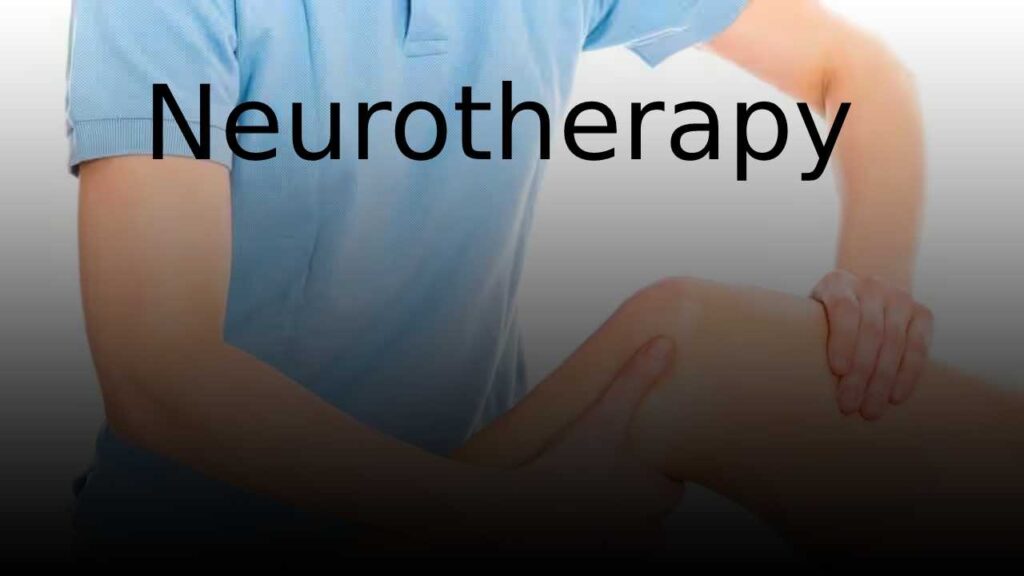The brain is one of the most complex organs in the human body, and it plays a vital role in our everyday functioning. It controls everything from our thoughts and emotions to our movements and senses. However, like any other part of the body, the brain is also susceptible to injury and disease. Fortunately, with the advances in neurotherapy, there are now more ways than ever to treat brain-related conditions and injuries.
What is Neurotherapy?
Neurotherapy, also known as neurofeedback or EEG biofeedback, is a cutting-edge approach to treating a wide range of brain-related conditions. It involves using advanced technology to monitor and record the brain’s electrical activity, which is then used to help patients learn how to regulate their brain waves.
The process involves attaching sensors to the patient’s scalp, which detect the brain’s electrical activity. This information is then fed into a computer, which provides feedback to the patient in the form of visual and auditory cues. The patient can then learn how to regulate their brain waves by altering their thoughts or behaviors in response to the feedback.
What Can Neurotherapy Treat?
Neurotherapy has been used to treat a wide range of brain-related conditions, including:
- Anxiety and Depression – Neurotherapy has been shown to be effective in reducing symptoms of anxiety and depression by helping patients learn how to regulate their brain waves.
- ADHD – Neurotherapy has been used to treat ADHD by helping patients improve their ability to focus and concentrate.
- Insomnia – Neurotherapy has been shown to be effective in treating insomnia by helping patients learn how to regulate their brain waves to promote better sleep.
- Traumatic Brain Injury (TBI) – Neurotherapy has been used to help patients recover from TBI by promoting brain plasticity and helping the brain to heal.
- Addiction – has been shown to be effective in treating addiction by helping patients learn how to regulate their brain waves to reduce cravings and improve impulse control.
How Does Neurotherapy Work?
Neurotherapy works by helping patients learn how to regulate their brain waves. The brain produces different types of electrical activity, which can be measured using an electroencephalogram (EEG). These brain waves can be categorized into four main types: beta, alpha, theta, and delta.
Beta waves are associated with alertness and concentration, while alpha waves are associated with relaxation and meditation. Theta waves are associated with creativity and memory consolidation, while delta waves are associated with deep sleep.
During a neurotherapy session, the patient’s brain waves are monitored using an EEG. The feedback provided to the patient is based on their current brain wave patterns. For example, if a patient is producing too many theta waves, the feedback might encourage them to try to increase their beta wave production. Over time, patients can learn how to regulate their brain waves and achieve a more balanced pattern of activity.
Is Neurotherapy Safe?
Neurotherapy is a non-invasive, safe, and painless procedure. It does not involve any medication or surgery and has very few side effects. Some patients may experience mild headaches or fatigue after a session, but these symptoms usually disappear within a few hours.
Neurotherapy is also safe for children and has been shown to be effective in treating conditions such as ADHD and autism spectrum disorder (ASD).
Benefits of Neurotherapy
- Non-Invasive – does not involve any medication or surgery, making it a safe and non-invasive treatment option for patients.
- Individualized Treatment – Neurotherapy is tailored to each patient’s unique brain wave patterns, making it a highly personalized treatment approach.
- Effective – Neurotherapy has been shown to be effective in treating a wide range of brain-related conditions, including anxiety, depression, ADHD, insomnia, traumatic brain injury, and addiction.
- Long-Lasting Results – Neurotherapy has been shown to produce long-lasting results, even after treatment has ended. This is because patients learn how to regulate their own brain waves and can continue to practice these skills on their own.
- Improves Quality of Life – can significantly improve a patient’s quality of life by reducing symptoms of anxiety, depression, and other brain-related conditions. It can also improve cognitive function and promote better sleep.
Neurotherapy vs. Medication
While medication can be effective in treating certain brain-related conditions, it often comes with unwanted side effects. Neurotherapy, on the other hand, is a non-invasive and side-effect-free treatment option.
Additionally, medication often only treats the symptoms of a condition, while neurotherapy addresses the root cause by promoting a healthier pattern of brain activity. Neurotherapy has also been shown to produce long-lasting results, even after treatment has ended.
Also Read: Understanding Neuriva Side Effects: What You Need to Know
Conclusion
Neurotherapy is a cutting-edge approach to treating a wide range of brain-related conditions. It involves using advanced technology to monitor and record the brain’s electrical activity, which is then used to help patients learn how to regulate their brain waves.
has been shown to be effective in treating conditions such as anxiety, depression, ADHD, insomnia, traumatic brain injury, and addiction. It is also a safe, non-invasive, and personalized treatment approach that produces long-lasting results.
While medication can be effective in treating certain brain-related conditions, offers a side-effect-free and root-cause addressing alternative. With the continued advancements in , we can look forward to even more effective treatments for brain-related conditions in the future.

